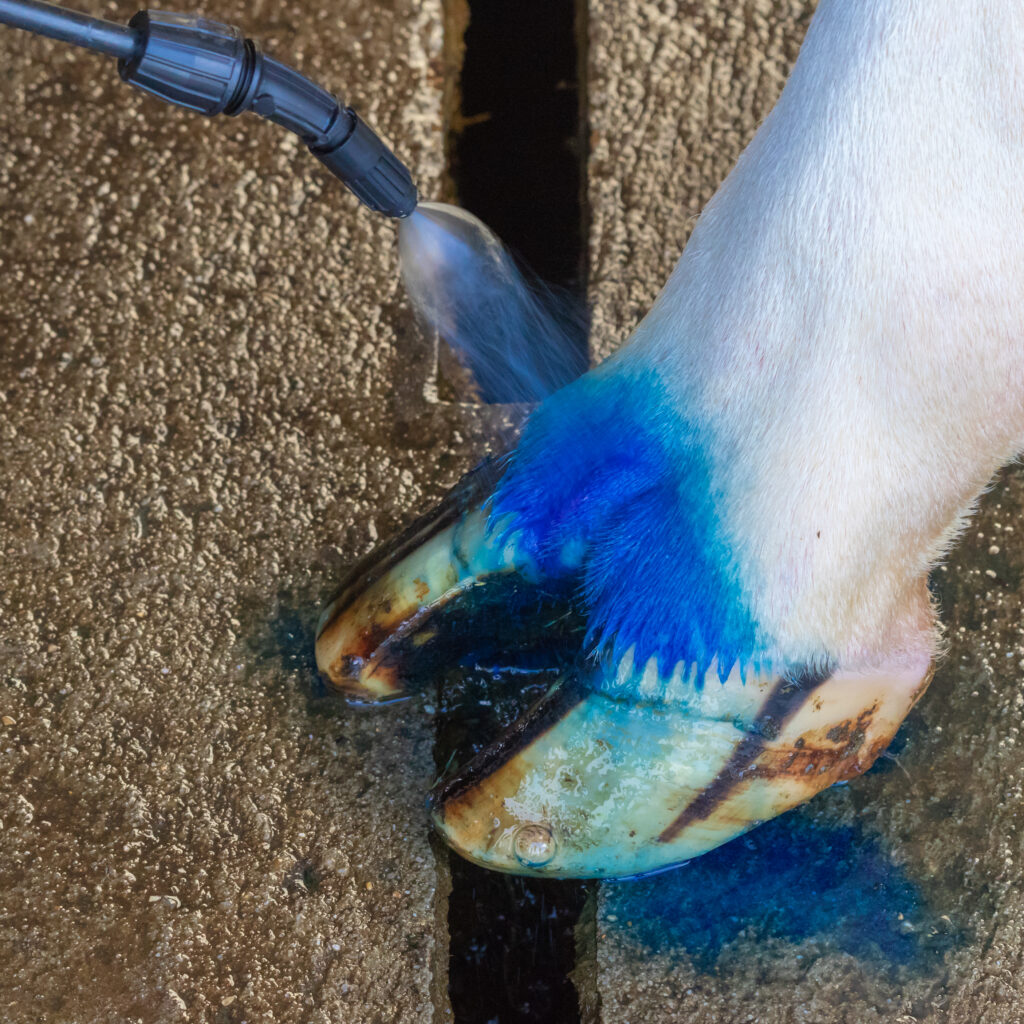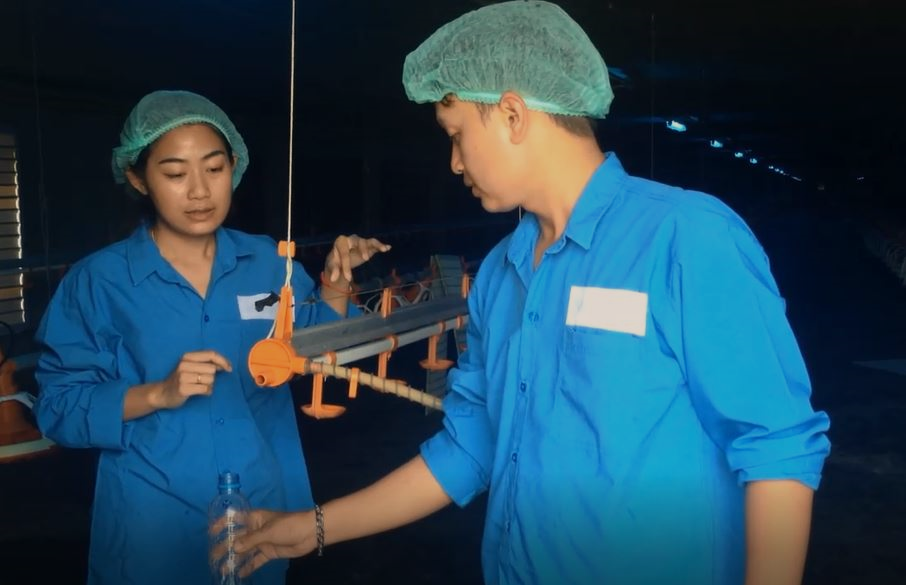Did you know that adding a heating inhibitor to your crop also yields extra profit in the winter? This is because you can also suffer from heating in this period, with all its consequences.
In order to substantiate this statement, Kanters has carried out research into the effects of Nutripreserve Basic in the winter period. The main parameters we investigated were the milk production results of the herd and the degree of selection at the feed fence.
Why Nutripreserve Basic in the winter?
The most important conclusions are that you can “also in the winter” with our Nutripreserve products:
1. Prevent heating after feeding
2. Less selection at the feed fence
3. Retain the nutritional value of your ration
4. Increase the measured milk production (FPCM) by 1.06 kg
5. Achieve an extra feed balance of 0.27 per cow per day.

But where do these conclusions come from?
To understand this, it is important for you to know where scalding comes from and which factors are important. When, during the mixing of a ration, the different feeds are mixed together, a homogeneous mixture is created. If in one (or more) of these feeds a hot spot is present, the hot feed will mix with the cold feed. However, in addition to heat, the hotspots also contain a lot of bacteria, which causes the bacteria to spread quickly in the feed mixture. These bacteria, in combination with heat and oxygen, will cause the feed to heat up quickly and severely. This has a negative effect on the feed intake, milk production, animal health and the final feed balance.
All in all, we can conclude that heating can be a problem all year round with far-reaching consequences. With our Nutripreserve products you can prevent these problems, allowing you to earn your living in an easy and pleasant way. In short: if your animals don’t eat, you don’t eat either!
If you have any questions about the study or would like additional information about the Nutripreserve products, please contact us by calling 0499-425 600 or send an e-mail to mailto:info@kanters.nl




